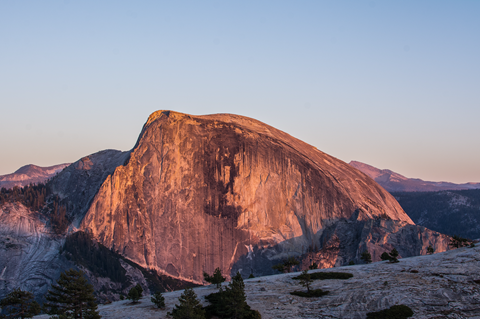A recent post on climate change and race (https://tinyurl.com/b6fzp7) brings up an issue that really needs to be on the forefront of outdoor and environmental education moving forward. It is becoming increasingly clear that climate change will become the defining issue of our times. Just as with civil rights in the 1960’s, this will require sustained and imaginative work on the part of our education system (both formal and informal). Recent surveys show that the percentage of citizens claiming that the “science is mixed” on human caused climate change is on the rise. Worse, even among those who believe it to be a human-caused problem, there is a high percentage who don’t feel that it is an immediate threat (https://tinyurl.com/cc6uuo). Clearly, we have not just technological and scientific work to do, we have educational work to do. I call this the importance of both “outer” work (the work of technical problem solving that comes from policy changes, technological advances, scientific research, and economic modeling for example) and “inner work” (the work of education, of faith-based institutions, community organizing, etc.).
Outdoor, environmental, and experiential education specialize, it seems to me, in this “inner work.” And yet, we continue to be a very exclusive culture group. We rely on images of humans-in-nature that typically involve the lone white male standing on the mountaintop staring into vastness (check out any current outdoor magazine for examples). The market for outdoor lifestyles demonizes Walmart while selling clothes, equipment, cars, and other “green” commodities that are unreachable by a large percentage of the US population (not to mention the developing world). We amplify the false dichotomy between “wilderness” and civilization (see: https://tinyurl.com/ac7cav) . We sell expeditions and experiences to sublime and far away places so that we can leave the city and suburbs behind to experience solitude or learn about the natural world. Does this sound like a model that invites a larger coalition to meet the present and future challenges of climate change?
People like Marjora Carter (https://www.majoracartergroup.com/) understand this. Until and unless the outdoor and environmental education fields truly examine how we might be ethically and morally bound to actively work toward limiting human suffering and not just simply promoting middle class leisure, we are complicit in the climate change problem no matter what our personal politics or lifestyles. It is time for us to face, full on, the issues of environmental justice. The conflicts between race, class, and our common constructions of the field can no longer be ignored. It is not a question of destroying the good work that many have done and continue to do in the name of outdoor and environmental education. De-construction is not destruction. It opens up space for an essential component of the inner work needed to address climate change: solidarity.
How can we extend our projects to link with other projects? How can we form broader coalitions– maintaining (and shifting) our identity while connecting to others? The emerging back-to-the-land movements around permaculture, community gardens, and bio-regionalism provide one such place. Place-based education offers some intriguing ways forward. There are surely others. If we are to address the clear and pressing problems of the “inner work” of climate change we must heed Einstein’s classic maxim: the definition of insanity is doing the same thing over and over expecting a different result.


